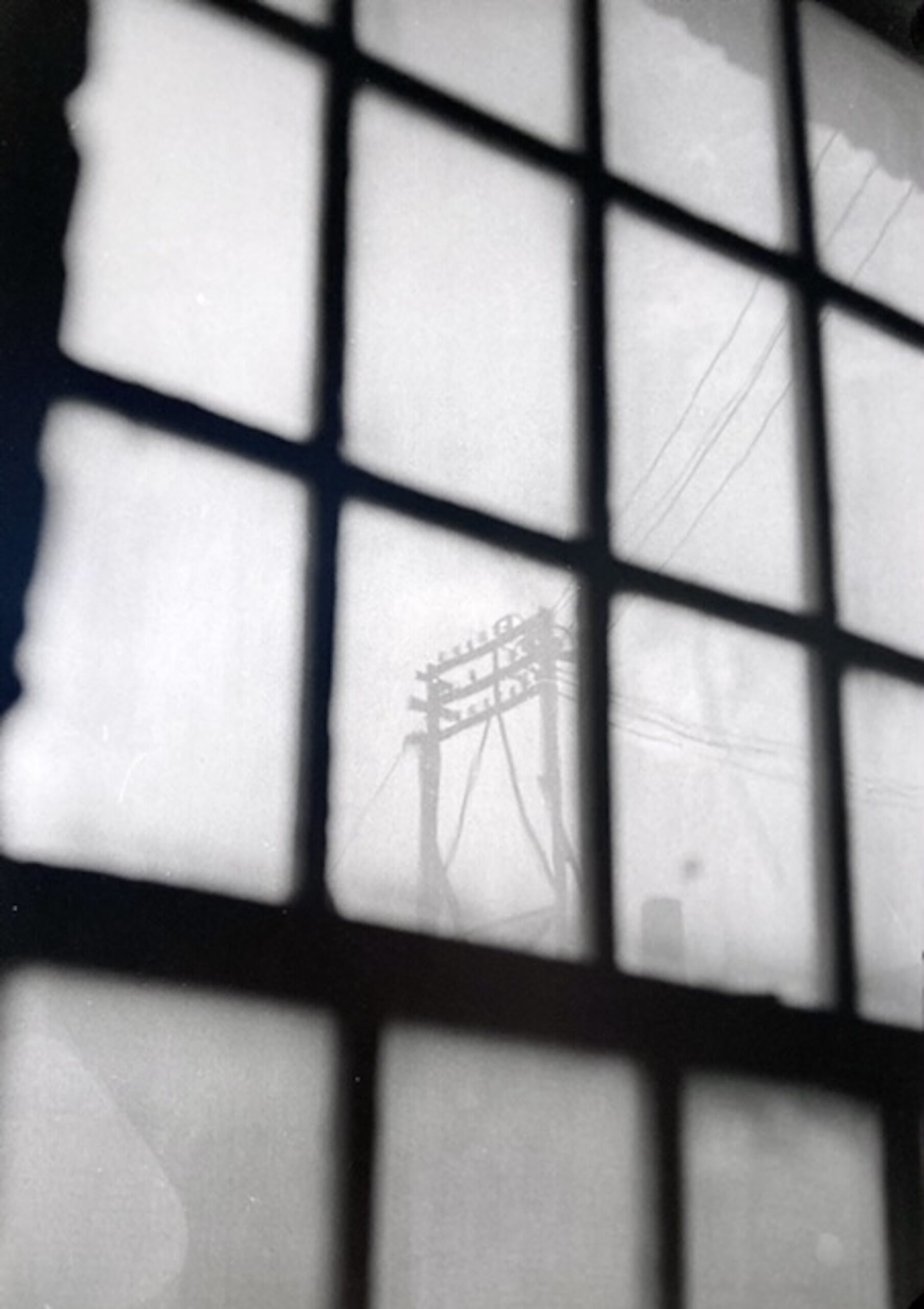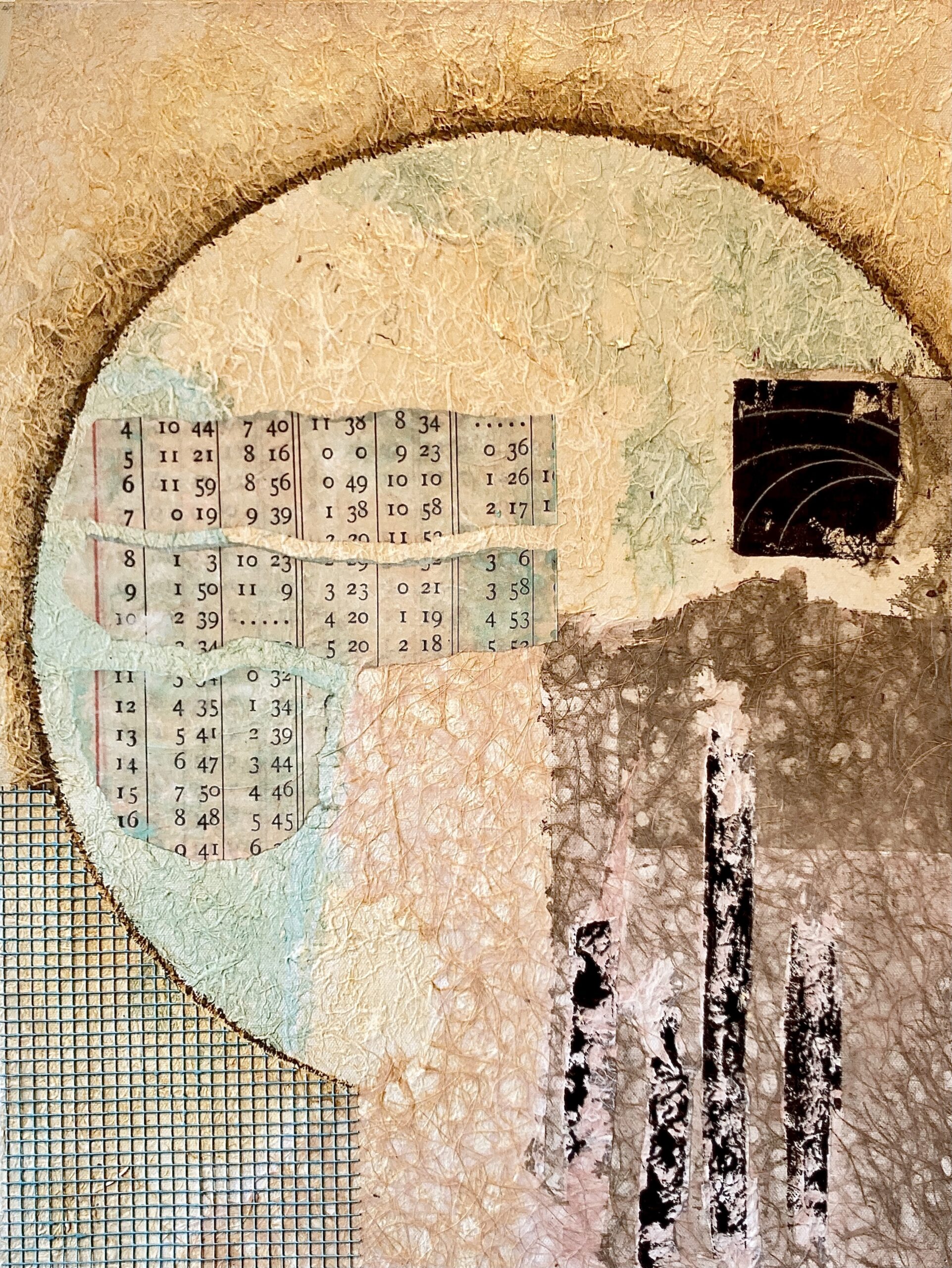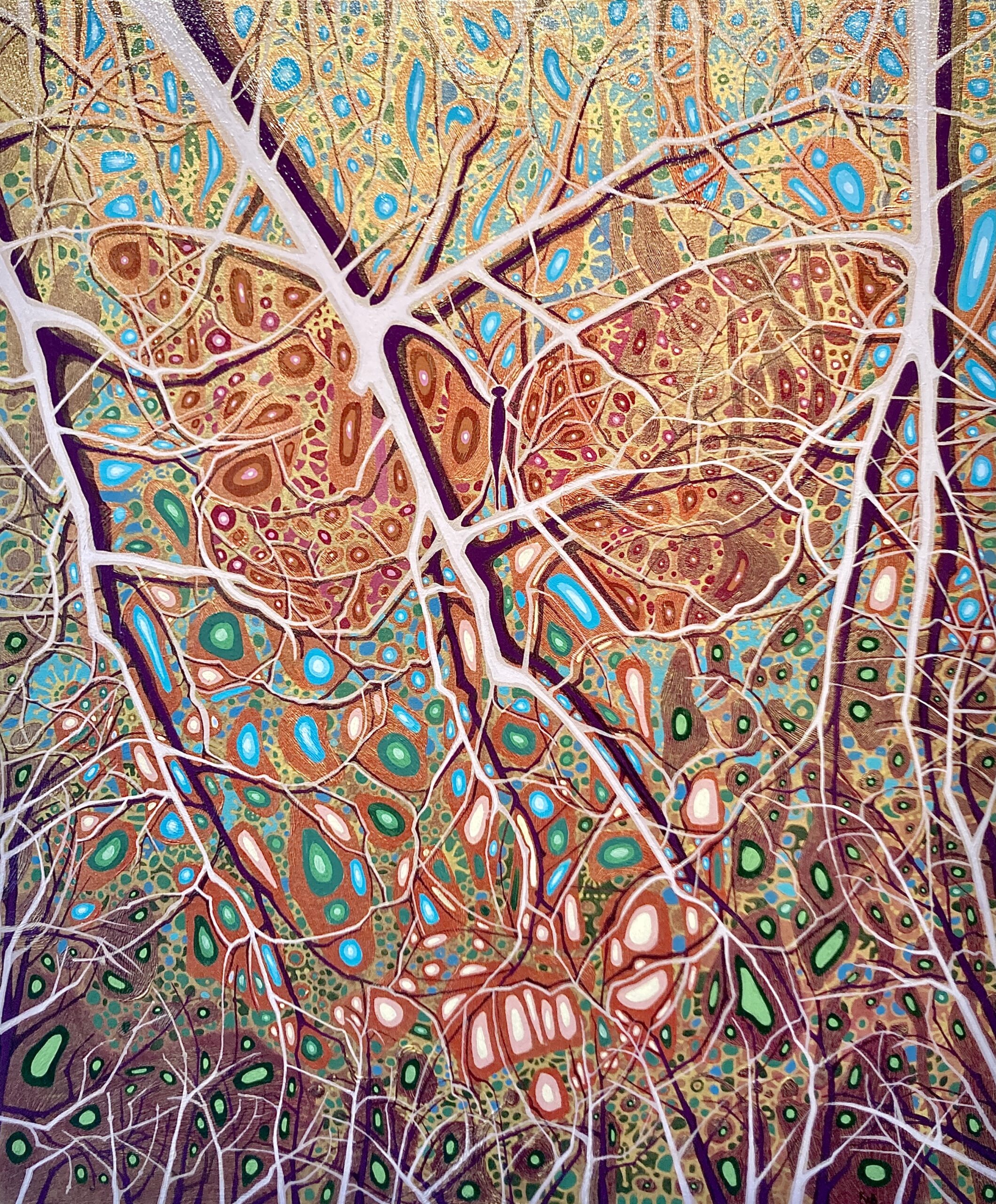Art exhibit review
“Places I’ve been and may never see again,/ I won’t say haunted but I get visited/ and it follows me around wherever I go./ Begin to begin, begin to begin.” — “Begin to Begin” Field Report
If we’re not haunted by the last dreaded year, it surely still follows us around, at the very least with masks, whether pocketed or making us strangers to friends. Worst of all is a plague of recollected fright, sickness and loss.
So slowly, we begin to begin, again, the new “old” life.
One of Milwaukee’s lesser-known art galleries reflects back on the pandemic with vivid and resonant forms and imagery. The Jazz Gallery Center for the Arts, 926 E. Center St., is best known as a live music venue, which obscures its distinguished history of well-curated and extremely diverse art exhibits, overseen by the venue’s manager Mark Lawson, who also curates galleries at The Milwaukee Institute of Art and Design. 1
ReBegin: New Works for New Beginnings, a group show of 18 artists running through May 29, suggests creative-rebirth from pandemic, but also how we may never see the places we’ve been to, in the same way.
Howard Leu’s noirish, black-and-white photo-archival print, “You Don’t Call No More,” conveys social loss, with art loft-like window panes separating the viewer from fog-enshrouded telephone poles.

Howard Leu, “You Don’t Call No More,” photo archival print. All photos of artwork by Amy Schmutte
Roxane Mayer’s gritty, cold-wax encaustic-entombed facades include the year’s other massive human pilgrimage to healing — defiant social activism — with a window-pane poster reading “Hate Has No Home Here.”
Jim Farrell’s two pieces, rich with evocative, story-telling textures, address the mind and psyche — “Ancestral Orbit” in profound quests, and “Logic Perimeter” in a human head’s mathematical cogitations, a fight-or-flight reflex toward cleansing the virus’s impact, a longed-for rebeginning.

Jim Farrell, “Logic Perimeter,” mixed media
Similarly, Karen Williams-Brusubradis’ large acrylic painting “Metamorphosis,” reveals the microscopic workings of an apparent human nervous system in transformation from forces playing, or preying, upon it.

Karen Williams-Brusubradis, “Metamorphosis,” acrylic painting
Among the most optimistic or affirmative pieces is Bennie Higgins’ lyrical “Frog Hunter III,” depicting an at-risk boy playing at a riverside, somewhat autobiographical in that Higgins, a former police officer and untrained artist, now counsels “men to be better men” at a women’s shelter, Lawson explains.

Bennie Higgins, “Frog Hunter III,” oil
Amy Schmutte’s virtuosic and innovative color photography seems to depict spring’s inevitable emergence from an atmosphere-immersed haze. In her Lewis Carroll-esque titled “Sproutoutlyng,” a lusciously sinuous flower fights through a sublime shadow of infected memory. Schmutte, who co-curated the show, prints her photos on brushed metal plates “because the way that light plays with that surface adds another layer of beauty” in photography, which she thinks of as “writing with light.”
Well said.

Amy Schmutte, “Sproutoutlyng” photography on brushed metal
Yet for me, the most eloquent and powerful piece in the show is its only sculpture, “Chrysallis,” by Jessica Schubkegel. This is a life-sized figure of a small woman, prone, and apparently afflicted. The piece comprises a model constructed of wire mesh, covered by a skin montage of torn fragments from a medical text. Buoyed in grace with elegant gestures, the form follows one leg raised at the knee, sinuous hip contraposto, and an arm bent to reach gently for the throat. It balances a sense of repose and illness that dwells deep in uncertainty. For all that hard-earned beauty, the closer you look, the more you discover implications of insight in the medical bits of meaning, an immersive, acute sense of possible doom. Still, the title perseveres. This mummy-like presence mirrors nature’s rebirth, and a sense of emergence and deliverance.

Jessica Schubkegel, “Chrysallis,” textbook paper and wire
The show also includes work by Lawson, Gwen Graznow, Tayla Hart, John Kowalczyk, Bruce Knackert, Sharon Mergener, Bob Neuman, Jeff Redmon, Sarah Risley, Dee Dee Schaefer, and Vesile Yilmaz.
A side gallery includes anime-style cartoons by McKinley Blackwell.
___________
1 The JGCA art exhibits are often curated by committee, including the organization’s board members or other artists Lawson invites to curate. Despite no live music this last year, the venue has survived the pandemic significantly thanks to a notable increase in sales of artwork, both in the gallery and especially online, Lawson says. Here’s the link to the JGCA’s visual art online: https://jazzgallerycenterforarts.org/art
This review was first published in slightly altered form in Shepherd Express, here.

